Designer Toys 101: What does Blind Boxed mean?
If you are new to this column, it is truly meant to be read from the beginning to the most recent.
Please start with the first installment, "What are Designer Toys?"
Please start with the first installment, "What are Designer Toys?"
Now that you've gotten the most general of explanations regarding what a Designer Toy is, you might have given reading some of our other articles a shot… and, most likely, you encountered lots of words or phrases you didn't understand. One of the most common likely being "Blind Box" (or "Blind Boxed"), a term that gets thrown around like it's going out of style. But fear not, it's actually quite easy to understand, especially if you remember the days of buying McDonald's Happy Meals.
"Wait, what?!? McDonald's Happy Meals?" you might proclaim. And yes, McDonald's Happy Meals — in the most simple terms — are blind boxes. When you're a kid, the reality is that what you really want is that toy in the Happy Meal, but McDonald's makes five or six toys with a similar theme that are randomly inserted into said Happy Meal. So, until you buy the Happy Meal and open it up, you don't know which of the toys you received. This is the heart of Blind Boxes.
A Blind Boxed Designer Toy indicates that multiple designs for the piece were produced and randomly packaged in boxes, so you have to buy the box without knowing the exact contents (that being the 'blind' aspect). For instance, let's say that the same figure has been produced in five colors (which we call "colorways"): Red, Blue, Green, Yellow and Black. If that figure is then Blind Boxed, you buy the box without knowing which color you'll receive… and, assuming there is an even distribution of colors, you have a one-in-five chance (one figure in the box, five total possible colorways) of getting a specific color in your box.
But, typically, Blind Boxed releases aren't evenly distributed. It's usually more like this:
On the left is a picture of the Blind Box, then there's the Regular Figure (pictured in the middle) and the Chase Figure (pictured on the right). A Chase Figure (or Variant Figure) is usually one that is produced in a lesser quantity, making it more rare to randomly find. This rarity is denoted by ratios, which is that mathematical thing you might recall from your classroom days; but in this instance, it's easy. The Regular Figure has a 5/6 ratio, or a five-in-six chance; meaning that for every six boxes packaged, five of them contained this figure. That final sixth box contains the Chase Figure, indicating you only have a 1/6 (or one-in-six) chance of blindly buying it.
Not that tough to grasp, right? Unfortunately, the above example was a rather simple version… most Blind Boxed series have over 10 different figures each with their own ratio. But even though that might seem daunting to figure out, just take a breath and think it out. It's actually far easier than it seems.
Next Week: What is a Munny?
Designer toys used in the example set are:
Regular Figure: "Santa Barbaja" designed by Saner and produced by Kidrobot, 2010
Chase Figure: "Burglarcillo" designed by Saner and produced by Kidrobot, 2010
.png)
_SpankyStokesBanner_231120.jpg)
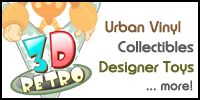


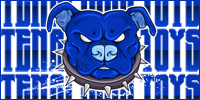
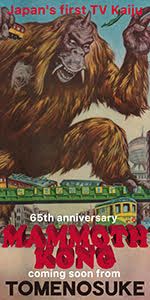
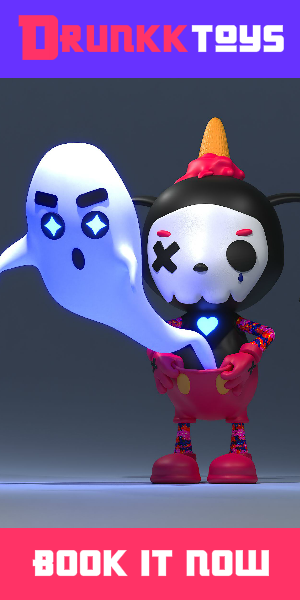
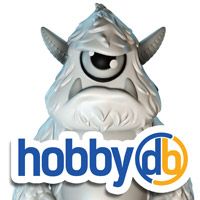






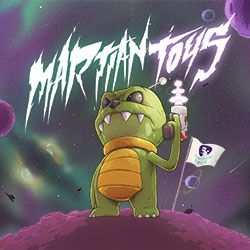
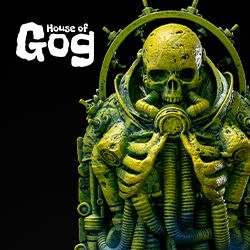


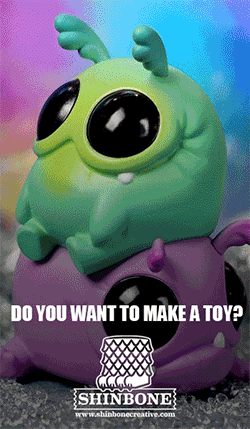



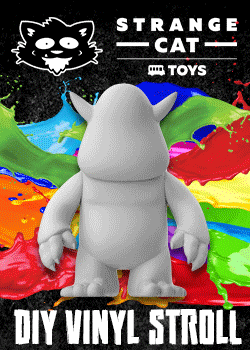
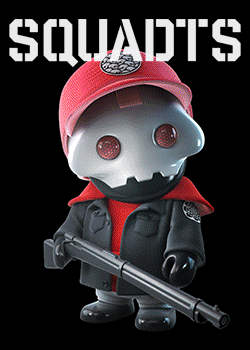



Post Comment
No comments
Post a Comment